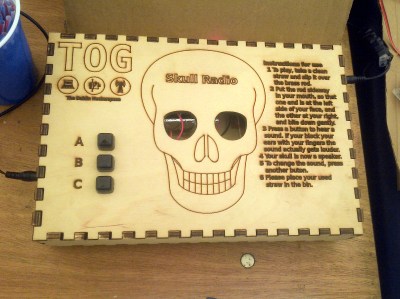The Hack42 Hackerspace in Arnhem, Netherlands is one of the best hackerspaces we’ve ever seen. After taking over a decommissioned military base, the Hack42 crew has filled a compound rimmed with razor wire with eclectic gizmos, tools, and a community that keeps growing the space. At this year’s EMF camp, Hack42 member [jos] laid out his plan to found the ultimate Hackerspace. He’s going to put a hackerspace in prison to create the ultimate hacker village, a monument to technomancy, and an anti-panopticon panopticon.
[jos] recently noticed a very large, very old prison — currently used to house refugees — went up for sale. This prison, located in downtown Arnhem, Netherlands is a panopticon, a concept for prisons popularized in the 1800s, with most designs based on a circular structure with prison cells along the diameter around the circumference and a guard house in the center. This gigantic building is 55 meters (180 feet) in diameter, and 46 meters (150 feet) tall at its highest point. This gigantic prison dome could contain the White House inside its walls, a few blue whales, and could almost fit a space shuttle stack under the dome (the orbiter itself would fit just fine if there were a door).
The ambitious vision for this prison-come-hackerspace is a permanent venue not unlike other hackercamps where hackers can stay for weeks or months to build a project, a venue for like-minded people to meet up, and a place for students to do graduation projects under the wings of academic leadership. A community is one thing, but this former prison would also be the largest hackerspace by enclosed volume, opening it up to some very cool, very large builds. Inter-office quadcopter mail was mentioned in the talk.
[jos] is looking for comments, ideas, and remarks via this Google form to, “convince the money-people to fork over the funds.” If you’ve ever wanted to contribute to something big, this is your chance.



















